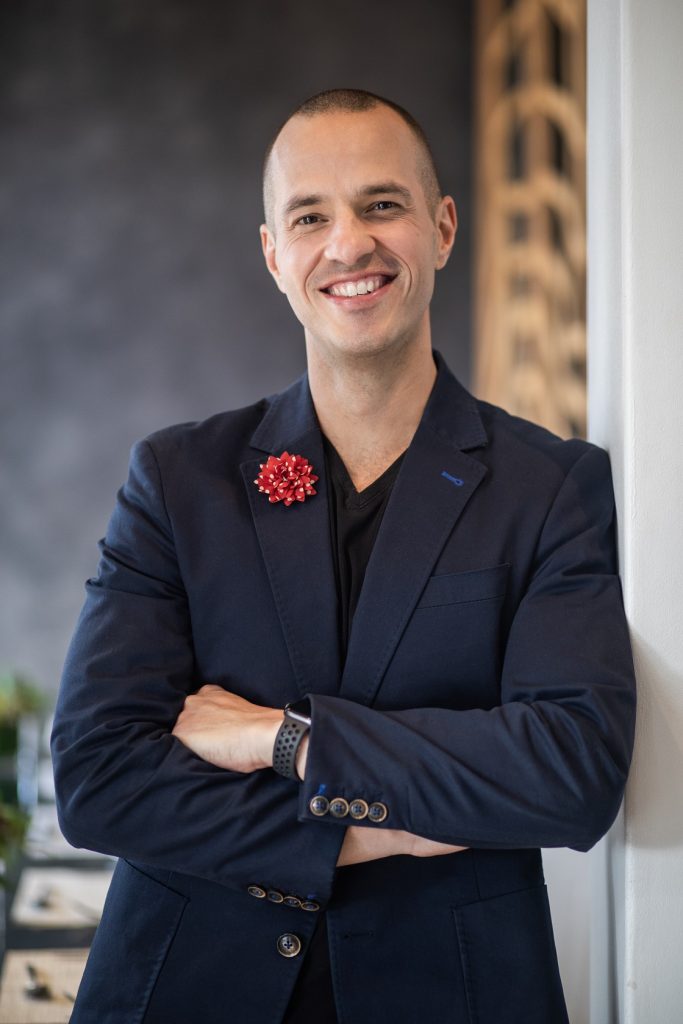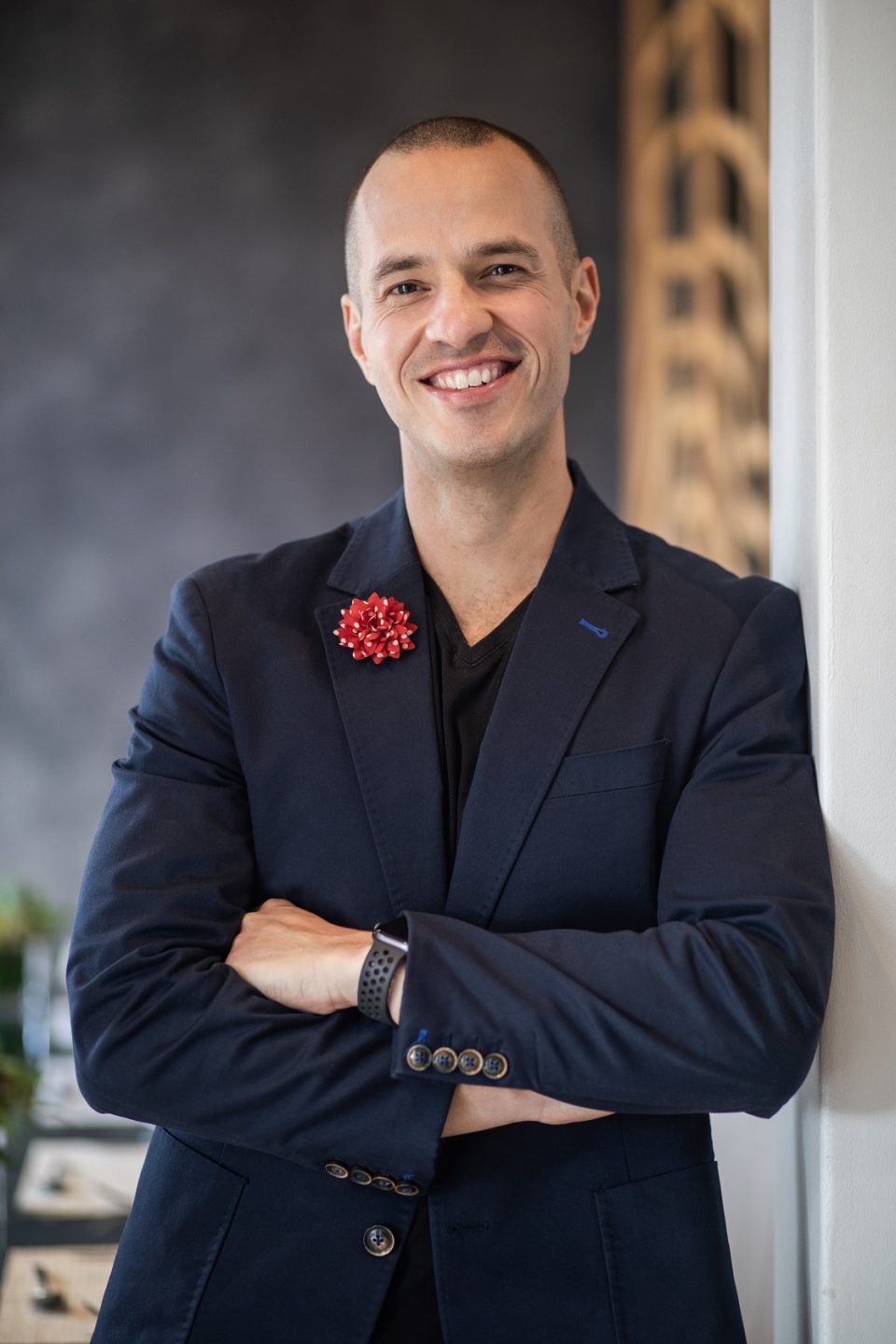
Bradley Elliott
Television series like Breaking Bad and Ozark reflect the public’s fascination with money laundering and the criminals who do it. Yet, in reality, laundering is even more sophisticated, dangerous, and far-reaching than the fictional exploits of Walter White or Marty Byrde.
The scale of money laundering is immense—between ZAR 14.3 and 35.69 trillion (2 and 5%) of global GDP is estimated to be dirty money, according to the United Nations Office on Drugs and Crime (UNODC). By funding terrorism and criminal activities and disguising profits generated through human trafficking, drug and arms smuggling, and corruption, money laundering makes the world less safe.
However, stamping out laundering has proved challenging, and authorities have battled it for centuries. To combat laundering effectively, financial institutions must remain vigilant and follow Anti-Money Laundering (AML) protocols.
Here’s a look at typical laundering techniques, their origins, and emerging threats that make AML more critical than ever.
A snapshot of typical laundering methods
Let’s start by considering the term ‘money laundering,’ which conjures up images of washing machines cleaning ‘dirty’ money. The term reflects the practices of early 20th-century gangsters, who disguised earnings from their illegal activities by mixing them into the revenues of cash-only businesses like laundromats.
Over the years, major events, like the war on drugs and counter-terrorism efforts after 9/11, have brought intense scrutiny to laundering practices. Common laundering techniques fall into three stages:
● Placement: This is when dirty money is introduced into the system. It’s often done by using “smurfs” to deposit small amounts across different accounts, blending illicit funds with legitimate business revenue, or enlisting corrupt insiders.
● Layering: This stage creates distance between the funds and their origins, using tactics like cross-border transfers, currency exchanges, gambling, and purchasing luxury goods, art, and antiques to obscure the source.
● Integration: This is when laundered money re-enters the economy as clean. It can involve taking out loans through shell companies, cashing out layered investments, or using poorly regulated jurisdictions with weak AML enforcement.
A new phase for launderers
Traditional methods for placing, layering, and integrating dirty money are evolving in response to regulatory clampdowns from the Financial Action Task Force (FATF) and the advent of new technologies. Criminals are also developing new techniques to bypass AML checks.
Digital finance loopholes
Digital onboarding means money launderers no longer need to visit bank branches or fill in documents to open accounts. Deepfakes and generative AI make it easier for financial institutions to forge or steal identities, creating new challenges.
Unregulated websites
Launderers can conduct transactions without revealing their locations using proxies and anonymous browsers. They can transfer illicit gains into legitimate accounts through unregistered gambling sites, illegal e-commerce platforms, and transactions through legal platforms like gaming services.
Digital muling
Digital muling has grown more complex, with criminals now using scams on social media and recruitment sites to recruit mules who transfer dirty money across borders. During COVID-19, financially vulnerable people became targets for these schemes.
Social media schemes
Like money muling, criminals target and recruit unsuspecting people to withdraw and transfer their illegal funds using fake social media identities or programmes. Terrorists are exploiting crowdfunding platforms to fund their activities.
Cryptocurrency and digital assets
Cryptocurrencies provide new avenues for laundering, such as ransomware payments and cross-border transfers. Regions with lax AML controls for digital assets are especially vulnerable, giving launderers safe-havens.
Stopping financial criminals in their tracks
Legitimate financial flows make the world go round, and they can only be ensured when the whole financial system plays its part—not only by being well prepared to limit launderers’ damage through robust compliance measures but also by constantly adapting to new criminal techniques.
Each financial institution must uphold FATF’s recommendations and their local compliance rules so they can promptly flag suspicious activity. Countering money laundering also calls for partnerships between public entities and private companies across all nations. All stakeholders must collaborate to regulate new threats, such as digital assets and dubious platforms, to safeguard global commerce while curtailing financial crime.
DID YOU KNOW?
RelyComply is an Enterprise end-to-end KYC/AML compliance solutions platform that leverages AI to balance automation and human interaction, reducing false positives and total cost of ownership. Focusing on regulatory technology and compliance frameworks, RelyComply is committed to combating financial crime.
Bradley Elliott, CEO of Anti-Money Laundering (AML) platform RelyComply. He writes in his personal capacity.


